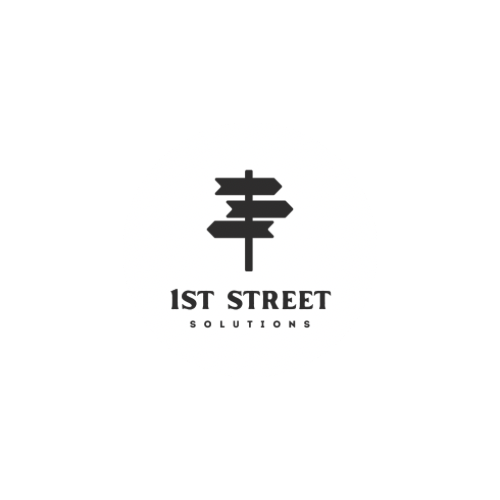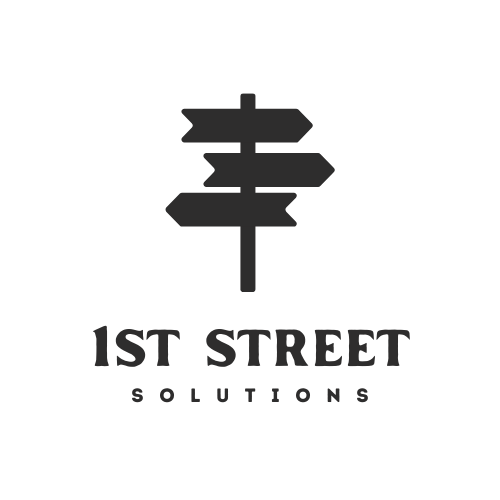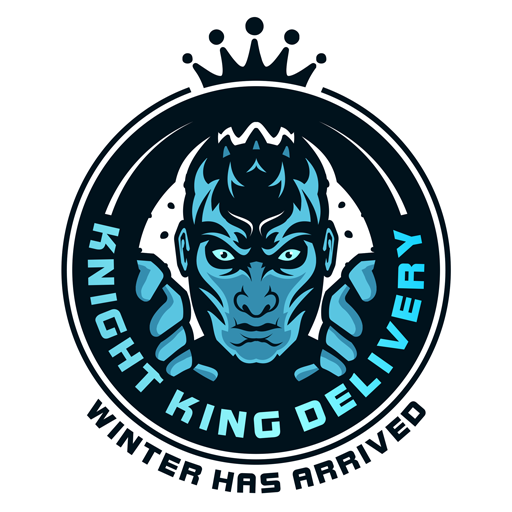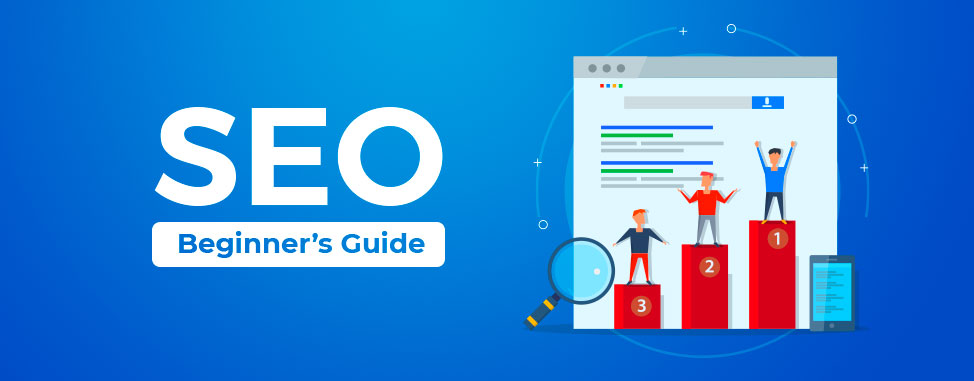Introduction
Search never stands still. In the past two years Google has replaced First Input Delay (FID) with the new Interaction to Next Paint (INP) metric, rolled out AI Overviews to more than 200 countries, and previewed an AI-first crawler that interprets pages like a large-language model.1 All of this means SEO is no longer just about “ten blue links”—it’s about creating fast, trustworthy, machine-readable experiences that solve real problems. This article breaks down the fundamentals that still matter, the 2025-specific shifts you can’t ignore, and the exact steps to future-proof your site. developers.google.comamsive.com
1. Search Has Changed—User Intent Hasn’t
- AI summaries reshape the SERP: Google reports a 10 % increase in engagement on queries that surface AI Overviews because users can ask follow-up questions without leaving the results page.2 Visibility now means being a cited source inside those summaries—not just ranking #1. amsive.com
- Voice and multimodal search continue to surge: Nearly one in four mobile searches are now voice queries, with 34 % of millennials using voice assistants weekly.3 Video and image prompts are increasingly fused with text. gwi.comseo.com
- Authenticity is a ranking signal: As generative-AI spam balloons, Google and Bing are weighting fresh, first-hand “human” perspectives more heavily to fight low-value content.4 wired.com
Yet the underlying user intent—solve my problem fast—hasn’t changed. Great SEO still begins with understanding what searchers really need.
2. The Core Pillars That Still Drive Results
| Pillar | 2025 Focus | Why It Matters |
|---|---|---|
| Technical SEO | INP ≤ 200 ms, semantic HTML, structured data | Enables AI crawlers to fetch, parse, and rank pages quickly |
| On-Page Content | Conversational answers, <40-word snippet blocks | Powers featured snippets, AI Overviews citations |
| Off-Page Authority | Digital-PR backlinks, co-citations, reviews | Builds trust signals Google’s E-E-A-T framework relies on |
| User Experience | Mobile responsiveness, accessibility, secure HTTPS | Directly affects engagement signals and Core Web Vitals |
Nail these four pillars first—because flashy tactics can’t compensate for weak foundations.
3. 2025-Specific Priorities You Can’t Ignore
3.1 Core Web Vitals 2.0 & INP
On 12 March 2024 INP became an official Core Web Vital, replacing FID. Google labels a page “good” when 75 % of real-user visits experience an INP of 200 ms or less.5 Typical culprits are long main-thread tasks and excessive third-party scripts. Audit with PageSpeed Insights and shift heavy JavaScript to Web Workers or server-side rendering. developers.google.com
3.2 Preparing for AI-First Crawling
At Google I/O 2025, engineers previewed a Gemini-powered “AI mode” crawler that summarizes your page before deciding how (or whether) to index it.6 What helps:
- Explicit semantics—use schema.org types (
Article,Product,FAQPage) so LLMs can map sections to intents. - Answer frameworks—start pages with a concise TL;DR, then expand.
- Edge rendering—deliver hydrated HTML on first byte so the machine doesn’t have to execute your SPA just to see content. amsive.comseo.com
3.3 Conversational & Multimodal Queries
Voice assistants favor natural-language questions (“how do I calibrate a 3-D printer at home?”). Build FAQ sections, use Speakable schema, and structure answers at 40–50 words—the sweet spot for snippet extraction. Video transcripts and alt-text for images feed Google’s multimodal models, so treat non-text media as rankable assets. gwi.comseo.com
3.4 Authenticity & E-E-A-T
AI content generators can churn out mediocre copy—but they can’t replicate personal insight. Prioritize:
- Author bylines with credentials.
- Original data studies or first-hand product photos.
- Community interaction (replying to comments, embedding user stories).
These signals help algorithms distinguish genuine expertise from AI-generated fluff. wired.com
4. Measuring & Proving SEO ROI
Executives don’t care about “rankings”; they care about pipeline. Track:
- Sessions → MQL → Revenue: Tie organic sessions in analytics to CRM closed-won deals.
- Cost per Organic Acquisition (CPOA): (SEO spend ÷ organic conversions) vs. paid channels.
- Share of Voice in AI Overviews: Count how often your domain is cited in AI summaries for core topics.
Dashboards in Looker Studio pulling Search Console, GA4, and CRM data can surface these numbers at a glance.
5. 15-Point Action Checklist
| # | Task | Tool |
|---|---|---|
| 1 | Run full crawl; fix orphan pages & 404s | Screaming Frog |
| 2 | Benchmark INP, LCP, CLS | PageSpeed Insights |
| 3 | Implement critical-CSS & defer non-essential JS | WebPageTest |
| 4 | Add/validate structured data (FAQ, How-To, Product) | Rich Results Test |
| 5 | Publish conversational FAQ targeting long-tails | SEMrush / Ahrefs |
| 6 | Inject <50-word answers atop key posts | CMS |
| 7 | Add Speakable markup to how-to guides | Schema.org |
| 8 | Prune / rewrite thin or AI-detected spam pages | Original research |
| 9 | Secure site with HSTS and auto-redirect HTTP→HTTPS | Server config |
| 10 | Build digital-PR campaigns (studies, interactive tools) | BuzzSumo |
| 11 | Earn local reviews & citations | Google Business Profile |
| 12 | Monitor AI Overview citations weekly | Manual SERP checks |
| 13 | Map organic conversions to CRM deals | GA4 ↔ HubSpot |
| 14 | Report CPOA and revenue share quarterly | Looker Studio |
| 15 | Schedule quarterly tech-SEO health audits | Internal dev team |
Check these boxes and you’ll cover 90 % of ranking factors that actually move the needle in 2025.
Conclusion
SEO today is as much about machine comprehension and real-world credibility as it is about keywords. The winners will be sites that
(1) load and respond faster than ever,
(2) speak the language of large-language models, and
(3) showcase genuine experience users can’t find elsewhere. Follow the roadmap above and you’ll not only keep pace with Google’s AI-driven future—you’ll turn organic search into a resilient, compounding revenue engine.







